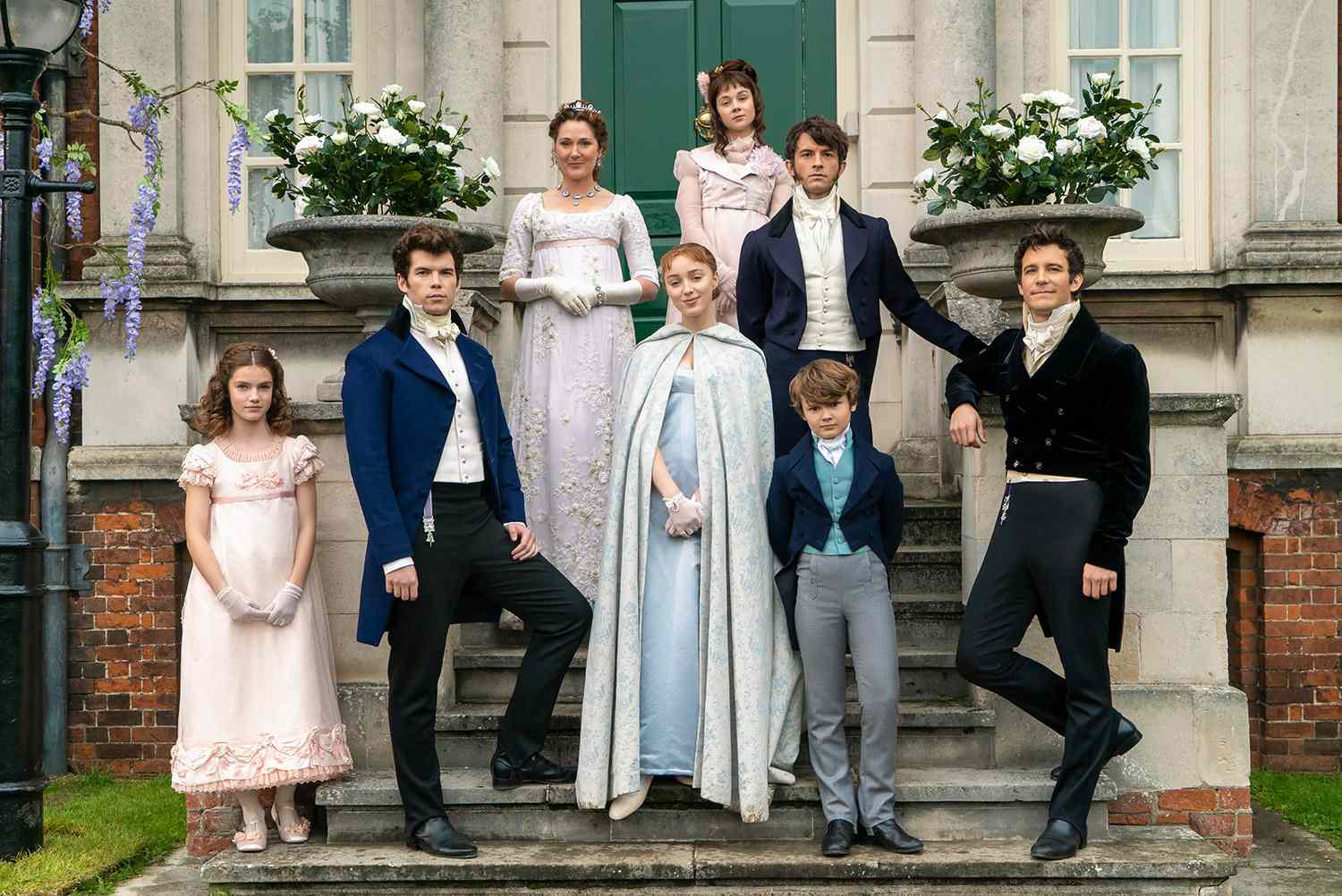The Netflix sensation “Bridgerton” has transported us to a world of opulent ballrooms, dashing dukes, and scandalous secrets. But beyond the fictional romance and Regency-era glamour lies a real hierarchy of British nobility that has fascinated society for centuries. If you’ve ever wondered about the pecking order among Britain’s blue-blooded aristocrats, you’re in luck. Here’s a guide to the illustrious ranks, from the lofty heights of kings to the genteel charm of baronets and knights.
The Monarch: King or Queen
At the very top, we have the monarch, the head of state, and the ultimate symbol of British sovereignty. Whether it’s a king or a queen, they wield the most power and prestige. Think Queen Elizabeth II, whose reign has defined an era, or the illustrious King George III from the “Bridgerton” period.
Prince and Princess
Just below the monarch, princes and princesses are usually the children or grandchildren of the reigning monarch. They hold the titles “His Royal Highness” or “Her Royal Highness.” Prince Charles, the Prince of Wales, and his sons, Princes William and Harry, are prime examples.
Duke and Duchess
Dukes are the highest-ranking peers of the realm, often governing significant territories known as duchies. Their wives hold the title of duchess. The Duke and Duchess of Cambridge, aka William and Kate, are modern-day examples, though in “Bridgerton,” we are enchanted by the brooding Duke of Hastings.
Marquess and Marchioness
A marquess ranks just below a duke and above an earl. The title originally signified a nobleman responsible for a border territory, or “march.” Their spouses are known as marchionesses. While less common in popular fiction, they’re still a notable part of the aristocracy.
Earl and Countess
An earl is the third rank of the peerage, equivalent to a count in other European countries. The term “countess” applies to their wives. Think of Earl Grey tea, named after Charles Grey, 2nd Earl Grey, whose legacy continues to refresh tea lovers worldwide.
Viscount and Viscountess
Next in line, we have viscounts and viscountesses. A viscount is above a baron but below an earl. The title is often hereditary and can be seen in various historical contexts, although “Bridgerton” hasn’t shone a spotlight on them—yet.
Baron and Baroness
Barons are the lowest rank in the British nobility but don’t let that fool you; they still carry significant social clout. Their wives are known as baronesses. The title is often granted for distinguished service to the country and has a rich history.
Baronet and Baronetess
Baronets are hereditary titles awarded by the British Crown but are not considered peers. They rank above knights but below barons. The title of “baronetess” is rarely used, as women holding baronetages are usually referred to simply as baronets.
Knight and Dame
Knighthood is one of the most well-known and accessible honors, awarded for various forms of public service. Men are addressed as “Sir,” while women become “Dame.” Think of Sir Ian McKellen or Dame Judi Dench—legends both on and off the screen.
Wrapping Up
So there you have it—a crash course in British aristocracy that might make Lady Whistledown herself envious. While “Bridgerton” offers a tantalizing glimpse into the lives of dukes and duchesses, the real titles extend far beyond the ballrooms. Understanding this hierarchy not only enriches your viewing experience but also offers a peek into a world where titles are woven into the very fabric of society. So, the next time you’re sipping tea or donning your finest attire for a “Bridgerton” binge, you’ll do so with a nod to the storied ranks of nobility.

